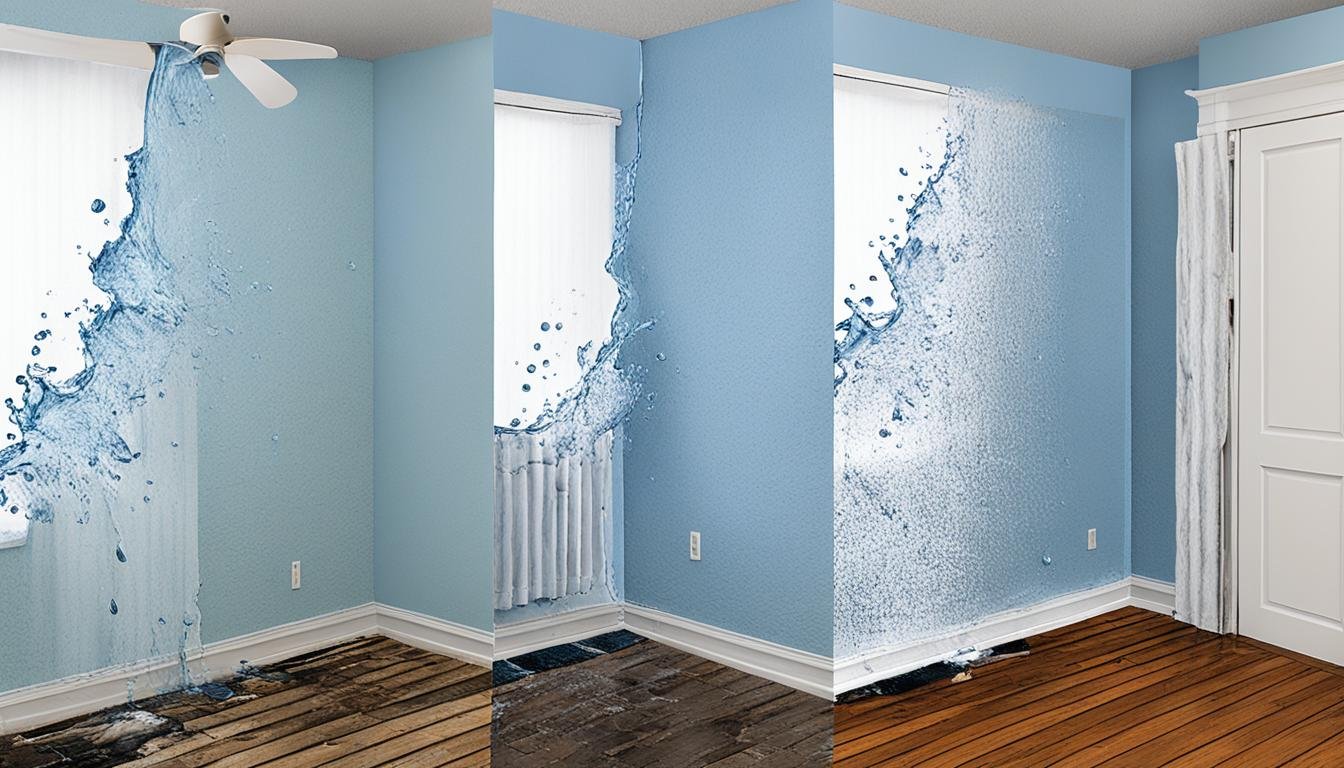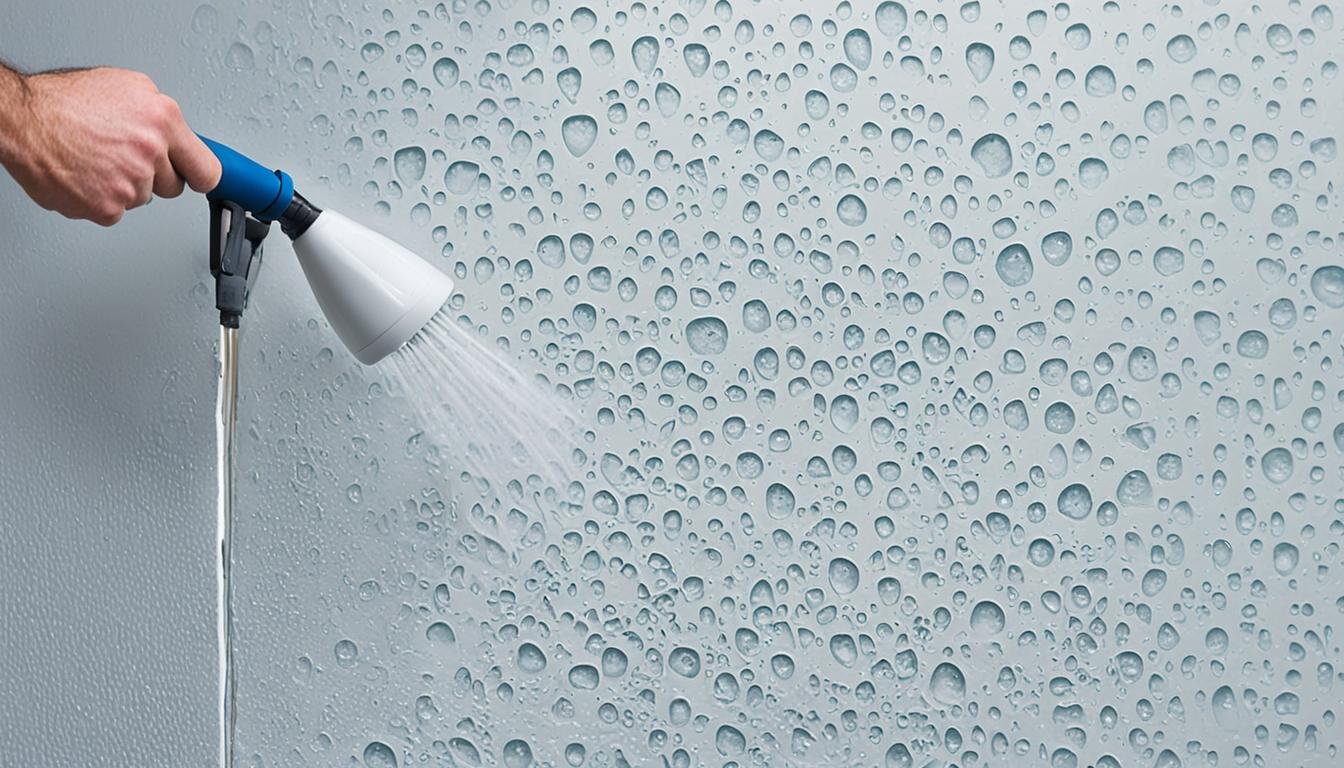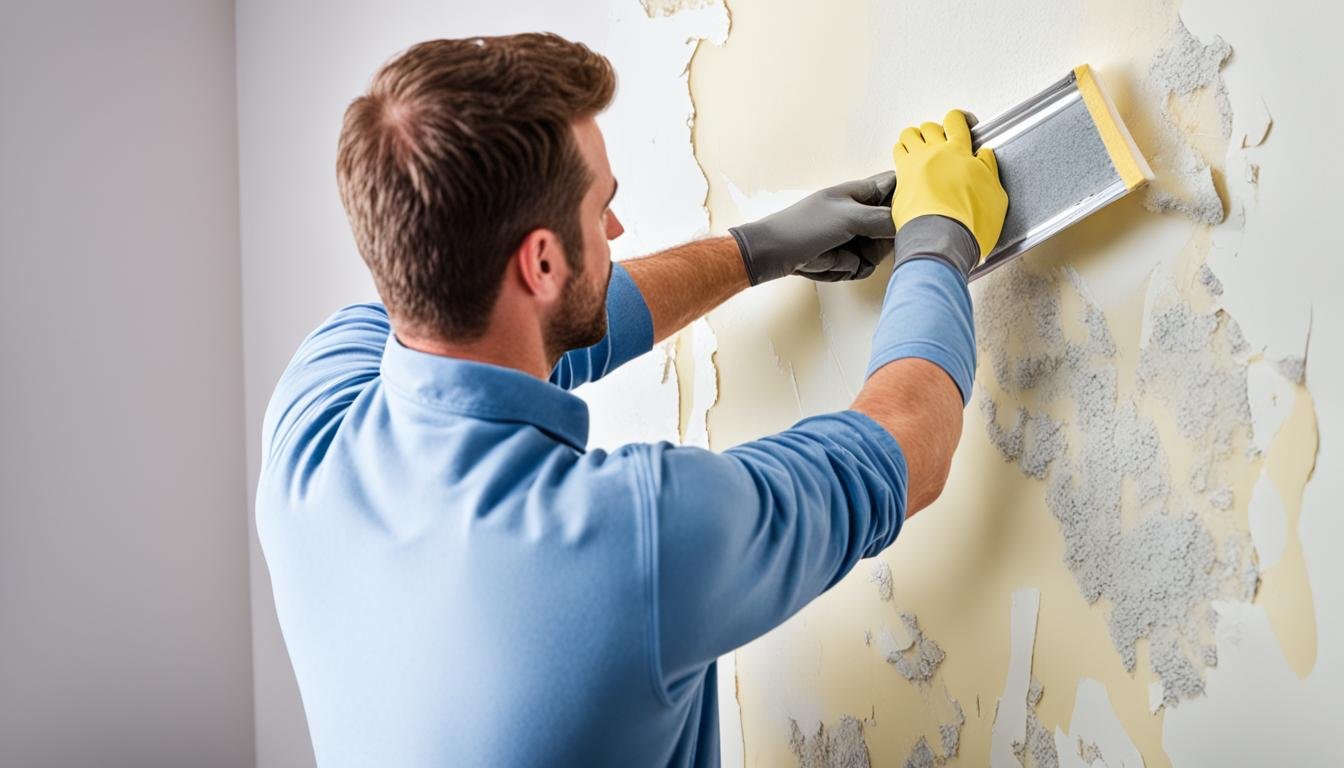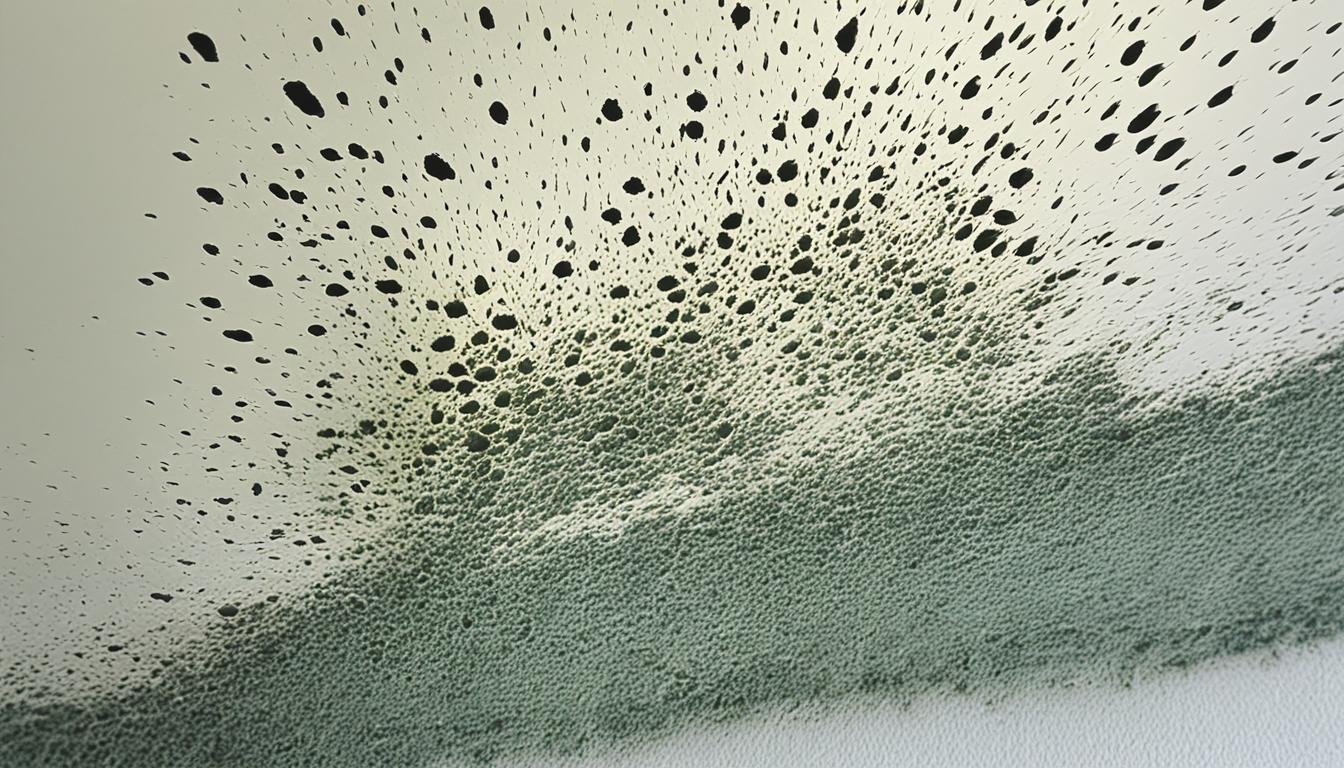House Drying Duration After Water Damage
It can take up to 72 hours for a house to fully dry after water damage. This surprising fact shows how fast and efficient actions are key when dealing with floods, leaks, or other water issues. The time to fix a home can change for many reasons. However, knowing and taking the correct steps is vital. It helps prevent big damage and ensures the water damage restoration goes well. Key Takeaways Water damage can take up to 72 hours to dry out completely Drying time depends on the size of the affected area, building materials, and other factors Prompt action within 24-48 hours is crucial to prevent mold growth and further structural damage Proper drying techniques, such as using dehumidifiers and air movers, can accelerate the process Hiring a professional water damage restoration service is recommended for comprehensive and efficient recovery Understanding Water Damage and Its Effects Water damage happens for many reasons. These can include bad weather, leaky pipes, and blocked gutters. The Institute of Inspection Cleaning and Restoration Certification (IICRC) says there are different categories of water damage. This can affect how bad the damage is and how long it takes to fix. What Causes Water Damage? Many things can cause water damage. For example: Burst pipes Leaking pipes or drains Sewer or storm drain backups Severe weather conditions, such as heavy rain or flooding Malfunctioning appliances, such as washing machines or dishwashers Types and Categories of Water Damage The IICRC classifies water damage into three types: Category 1 (Clean Water): This is the safest type, coming from sources like clean water lines. Overflows from tubs or rain leaks are some examples. Category 2 (Greywater): This water could have chemicals and bacteria. It can cause mold to grow quickly and makes it harder to clean and dry. Category 3 (Blackwater): The most dangerous type, with sewage and harmful bacteria. Cleaning this water is difficult and very hazardous for people working on it. The type of water damage and how much damage there is affect how hard it is to fix. Getting started quickly is key to stopping further harm. Water can keep damaging a home even an hour after it first enters. Category Description Category 1 (Clean Water) Originates from sanitary sources like broken water supply lines, with examples including overflowing bathtubs and rainwater damage. Category 2 (Greywater) May contain chemicals and bacteria, accelerating mold growth and complicating decontamination and drying processes. Category 3 (Blackwater) The most hazardous, with contaminants like sewage and bacteria. It requires extended decontamination work and presents the most significant hazard to residents and contractors. Quick and effective action is vital to prevent more damage. If you’re in need of water damage restoration in San Bernardino, check out with sanbernardinowaterdamagerestoration.com or contact the Water Damage Pros. House Drying Duration After Water Damage Dealing with water damage in your home is tough. The time to dry a house out is really important. How long it takes depends on many things. Knowing what these are will help you plan better for fixing the damage. Usually, a room-sized area takes about 72 hours to dry completely. But, if the water damage is big, it might need 10 to 14 days, or even more. The size of the wet area, what materials are wet, and how you dry it all matter. To dry things faster, we use air drying, powerful fans, dehumidifiers, and special equipment. The goal is to dry everything out quickly. This stops more damage and prevents mold. Drying can be quick, in about a week, for fresh water damage. But, if the damage is old or really bad, it could take 2 to 4 weeks, or even longer. The type of water, how bad the damage is, and if we can get to all the wet places, affect how fast we can dry things. The time to dry a house after water damage has many factors. It’s important to get help from a trusted water damage expert, like sanbernardinowaterdamagerestoration.com or Water Damage Pros. They will make sure the drying and repair go well and quick. Water Damage Severity Drying Timeline Rebuild Timeline New water damage 3-7 days 1 to 30 days Week-old water damage 10-14 days 1 to 4 months Month-old water damage 2-4 weeks 4 to 12 months Extreme water damage 4-6 weeks 12+ months Remember, the time it takes to fix water damage can change. It depends on different things, like the problem itself, what the building is made of, and the tools we have. It’s smart to team up with a water damage expert for a fast and good fix. “The drying process is a crucial step in the water damage restoration journey, and understanding the timeline can help you better prepare and manage your expectations.” Conclusion It’s vital to deal with water damage fast and well to stop further problems. Knowing about what causes water damage, the types, and the drying methods helps a lot. This way, homeowners and experts can team up. They can work to lessen how long fixing things takes. To get your home fixed quickly and well, using the right methods is key. This is where companies like Water Damage Pros – San Bernardino come in. Acting fast, using good drying methods, and truly grasping the problem are key to a good fix. No matter if it’s a small leak or a big flood, acting quickly is a must. Working with certified experts and doing things the right way can save your home, stuff, and your family. It helps after any water disaster. FAQ How long does it typically take to dry a house after water damage? It usually takes anywhere from a few days to a few weeks. This depends on how much water has come in. The time needed is hard to predict. It’s all about the amount of water, what kind of damage, and what gets wet. What are the different categories of water damage? Water damage is split into categories by the …

